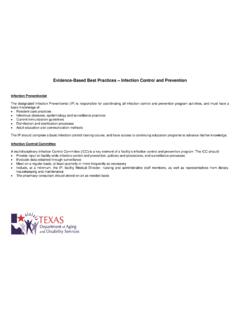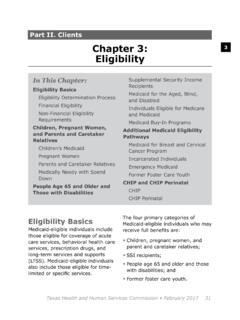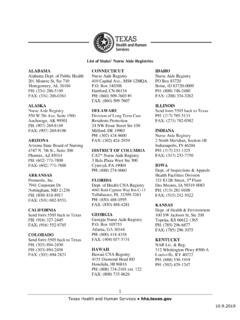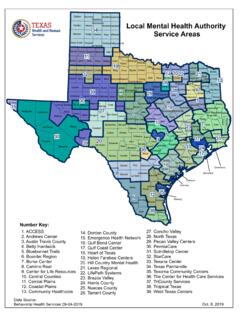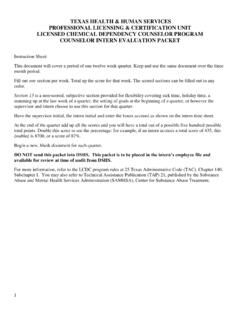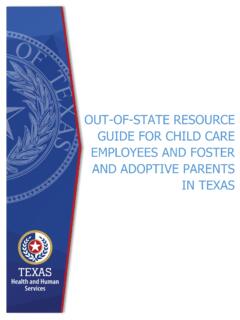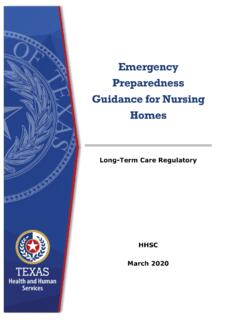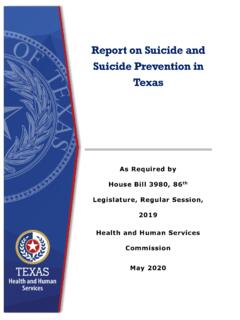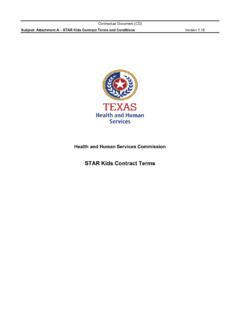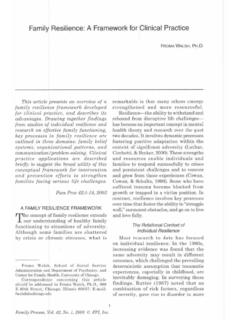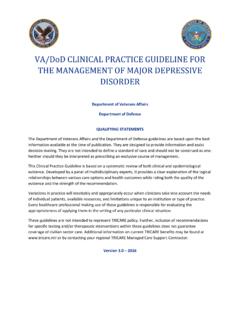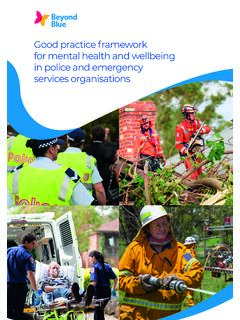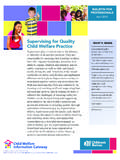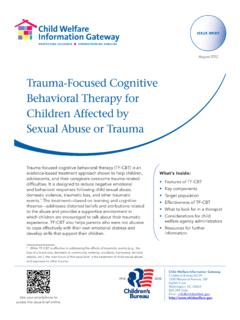Transcription of Texas Resilience and Recovery
1 1 Texas Resilience and Recovery Utilization Management Guidelines: Child and Adolescent Services Updated 2016 2 Table of Contents Recovery & Resilience .. 4 SUMMARY OF CHILD AND ADOLESCENT TRR SERVICE PROVISION .. 4 TRR VALUES .. 4 LEVELS OF CARE CONTINUUM .. 5 Table 1. Texas Resilience and Recovery Levels of Care .. 7 Level of Care 0: Crisis Services .. 8 Level of Care 0 Table Overview ..10 Level of Care 1: Medication Management ..11 Level of Care 1 Table Overview ..13 Level of Care 2: Targeted Services.
2 14 Level of Care 2 Table Overview ..16 Level of Care 3: Complex Services ..17 Level of Care 3 Table Overview ..19 Level of Care 4: Intensive Family Services ..20 Level of Care 4 Table Overview ..23 Level of Care YES: YES Waiver ..25 Level of Care YES Table Overview ..28 Level of Care RTC: Residential Treatment Center Services ..29 Level of Care RTC Table Overview ..32 Level of Care YC: Young Child Services ..33 Level of Care YC Table Overview ..35 Level of Care 5: Transitional Services ..37 Level of Care 5 Table Overview.
3 39 Appendix A: Crisis Services and Planning ..41 SAFETY PLAN ..46 Appendix B: Training Requirements ..48 Appendix C: Selecting an Intervention ..50 Appendix D: Family Partner Supports ..58 Appendix E: Level of Care Early Onset (LOC-EO) ..60 Appendix F: Transition-Age Appendix G: Reasons for Deviation ..69 Appendix H: Provider Qualifications: Standard Requirements for Services ..85 Appendix I: Definitions ..88 References ..91 3 Children s Public Mental Health System in Texas Hope, Resilience , and Recovery for Everyone is the vision statement of the Texas Department of State Health Services (DSHS) Mental Health and Substance Abuse Division.
4 This vision is aligned with the national movement to incorporate Resilience and Recovery -oriented services, supports, practices , and beliefs into publicly-funded mental health service delivery models. The service delivery system in Texas for community-based mental health services is Texas Resilience and Recovery (TRR). The TRR model acknowledges that youth experiencing adverse mental health symptoms and serious emotional disturbance (SED) are on a continuum of mental health and have natural supports and strengths which should be built upon to foster Resilience and Recovery .
5 TRR was designed using the System of Care philosophy, which is child-centered and family-focused, and takes into account the youth s and family s strengths and supports, as well as their needs and challenges. The modern framework of the TRR system utilizes an intensity-based approach to service delivery. This model requires the use of an internationally recognized assessment instrument, the Child and Adolescent Needs and Strengths (CANS) assessment. The CANS assessment is a comprehensive multi-purpose tool developed for children s mental health services to support decision making, including selection of the level of care, Recovery and service planning, quality improvement initiatives, and monitoring of service outcomes.
6 The Texas CANS Comprehensive serves as the psychosocial assessment, as well as a trauma screening and suicide screening tool, for all youth entering community mental health services in Texas . In addition, the Texas CANS comprehensive is used to determine eligibility for community mental health services and to determine the appropriate level of care recommended under TRR services. An array of evidence-based practices (EBPs) and promising practices can be individualized in each level of care to meet the youth s needs and build upon the unique strengths of each youth.
7 Services and supports provided via the TRR model are expected to result in improved behavioral and emotional functioning. The goals of the Utilization Management (UM) Guidelines are to increase understanding of TRR, guide the selection of levels of care and services, and serve as a reference tool for service providers. The UM Guidelines: Child and Adolescent Services manual should be distributed in its entirety to all clinical staff who serve youth and families. Providing the entire manual as a readily available resource will allow clinical staff to better understand the TRR continuum of care, the services that are available for youth with more intense needs, and which lower level services will be available as youth improve in treatment.
8 The TRR UM Guidelines do not replace or supersede existing legal requirements, legal statutes, state rules ( , Texas Administrative Code [TAC], Health and Safety Code, etc.), or Performance Contract requirements for providers contracted with DSHS. TAC (b) states: Providers must comply with the department's Utilization Management Guidelines, which are incorporated by reference, if contractually obligated to provide any mental health community services, including mental health rehabilitative, mental health case management, supported housing, supported employment, or Assertive Community Treatment (ACT).
9 The department is responsible for monitoring compliance by providers that contract with the department and the [Local Mental Health Authority] LMHA and [Managed Care Organization] MCO are responsible for requiring and monitoring compliance of providers in their networks. 4 Recovery & Resilience The Substance Abuse and Mental Health Services Administration (SAMSHA) defines Recovery as: A process of change through which individuals improve their health and wellness, live a self-directed life, and strive to reach their full potential (SAMHSA, 2012).
10 To support Recovery of individuals, SAMHSA identifies four dimensions, which are applicable to children s development across the lifespan: health, home, purpose, and community (SAMHSA, 2012). Each of these four dimensions is addressed in the TRR LOCs. Historically, CMH service delivery models have focused on building Resilience in youth. SAMHSA defines Resilience as: Resilience refers to an individual s ability to cope with adversity and adapt to challenges or changes. Resilience develops over time and gives an individual the capacity not only to cope with life s challenges but also to be prepared for the next stressful situation.
